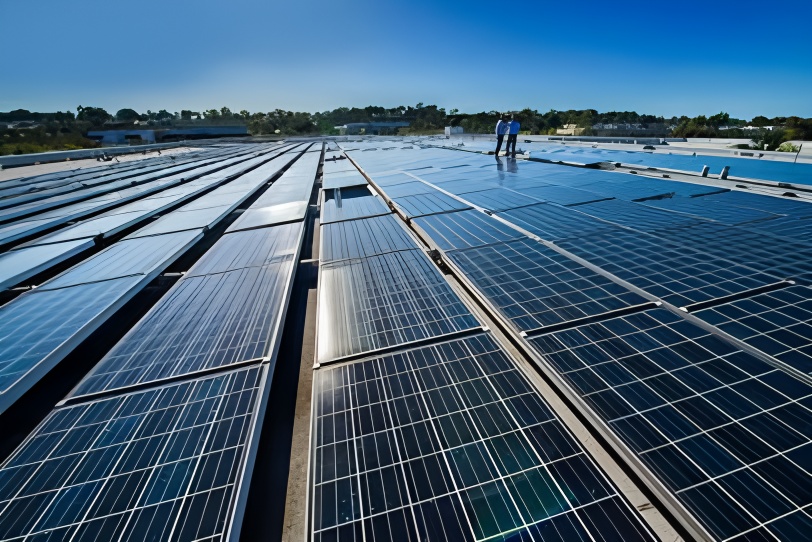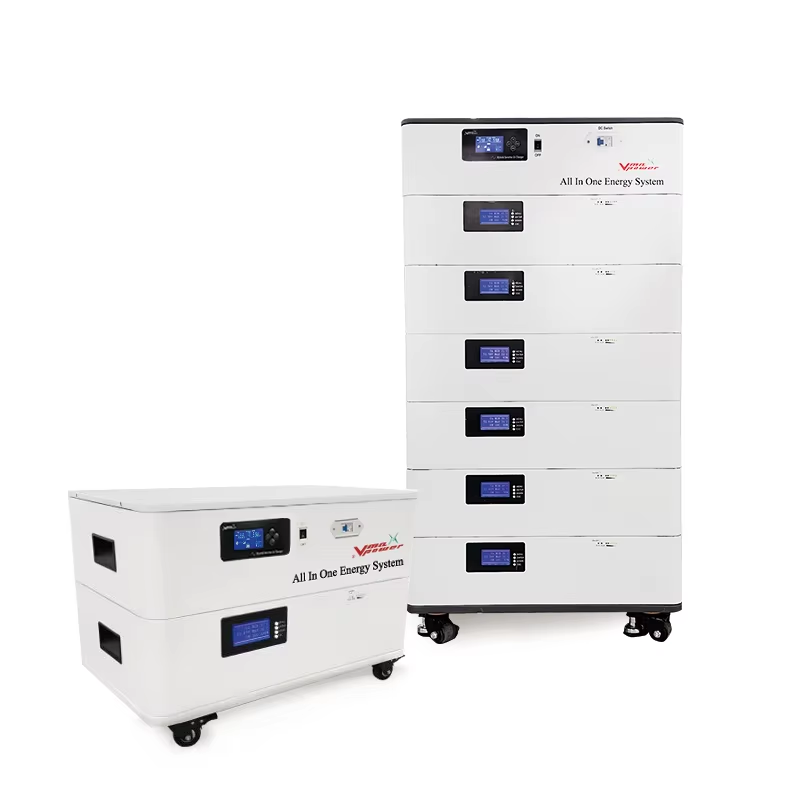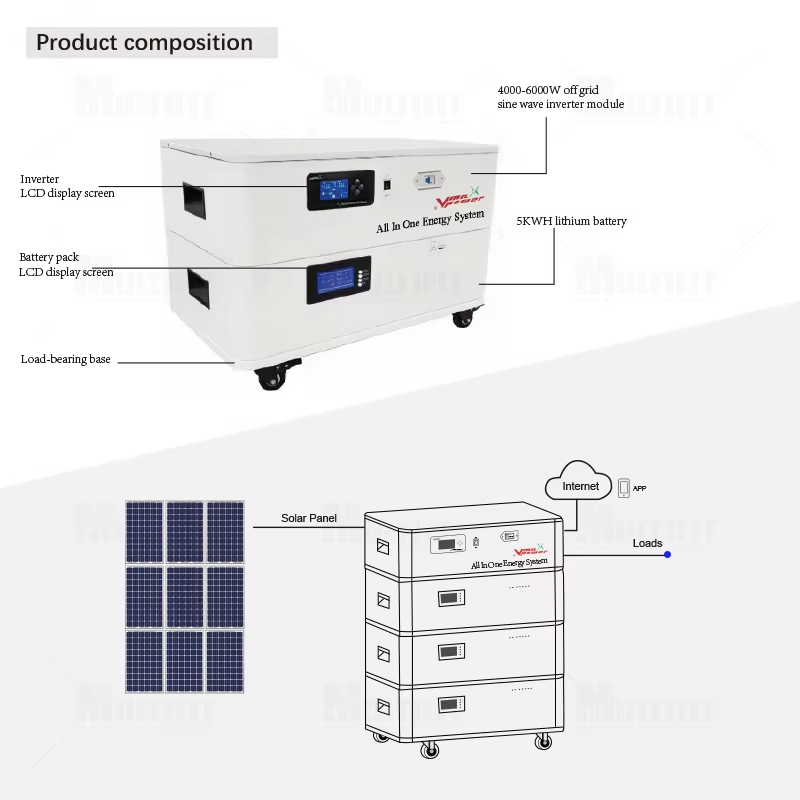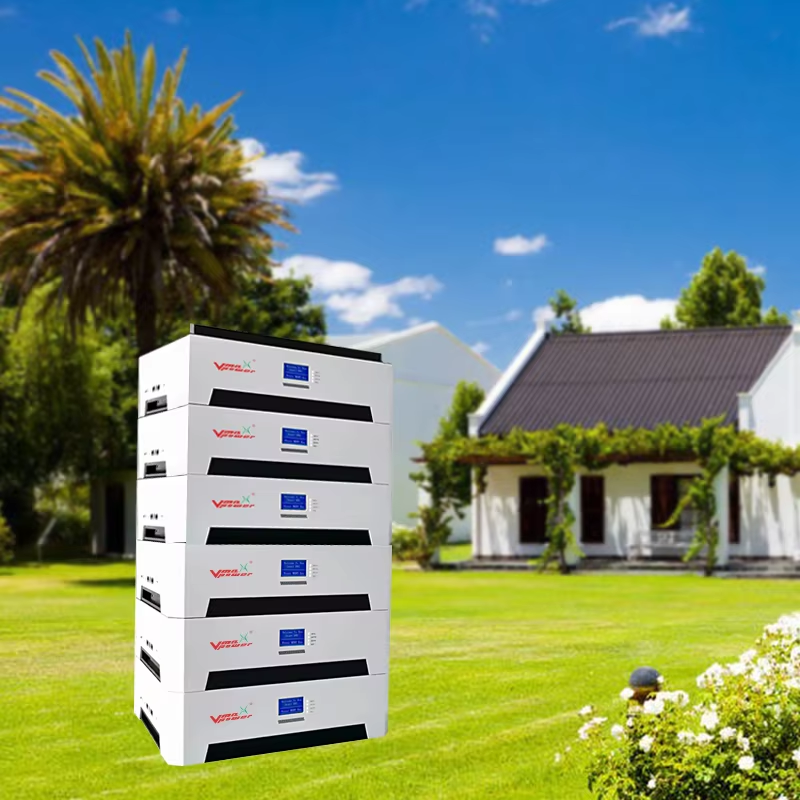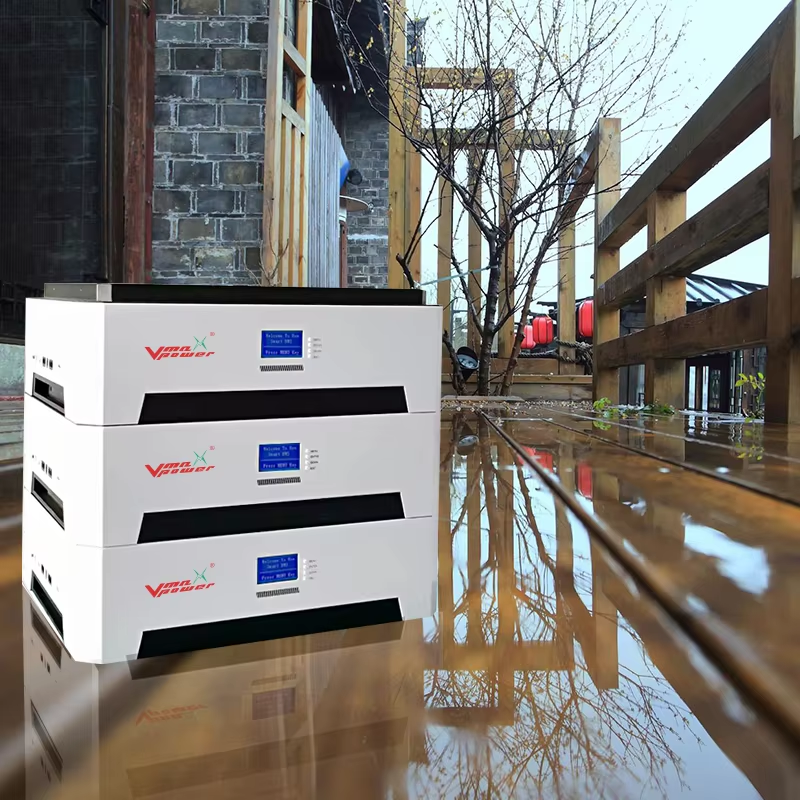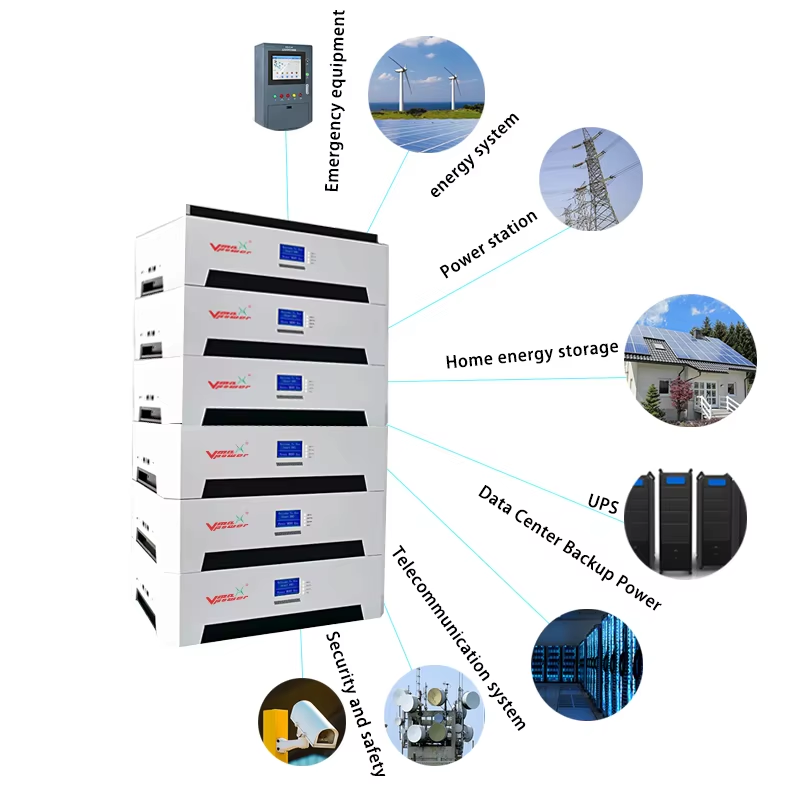With the rapid expansion of wind power and photovoltaic power worldwide, a brand-new challenge has emerged: a large amount of new energy is generated, but it cannot be stored or utilized. At this time, “long-duration energy storage” became a frequently mentioned keyword and quickly stood at the forefront of the energy transition.
I.What is “Long-duration Energy Storage”?
Short, Long storage (Long DurationEnergyStorage, LDES +), which is able to put the electricity “for Long, steady” technology.
At present, there is no unified definition of long-duration energy storage among different countries.
The U.S. Department of Energy (DOE) defines long-duration energy storage as an energy storage system that can continuously discharge for more than 10 hours at rated power and has a lifespan of 15 to 20 years.
China, in light of its domestic demands for new energy development, has put forward relatively lenient standards: discharging power at rated capacity for 4 hours or more, including low-cost large-scale energy storage technologies that last for several days or even months.
In the industry, long-duration energy storage is generally classified into three categories based on the duration of discharge:
Classification type discharge duration
Medium and long-duration energy storage
(1)4-10 hours lithium-ion batteries (such as iron phosphate batteries), flow batteries (all-vanadium, zinc-iron, etc.)
(2) Long-duration energy storage
10-hour to 1-week flow batteries, compressed air energy storage (CAES), molten salt thermal storage, pumped storage, high-temperature thermal storage, hydrogen energy storage, gravity energy storage, etc
(3) Ultra-long-duration energy storage
More than one week: Hydrogen energy storage, gravity energy storage, high-temperature thermal energy storage, etc
Ii. Why is Long-duration energy Storage becoming increasingly Important?
New energy power generation fluctuates greatly and is highly intermittent. If short-term energy storage is like a “power bank for mobile phones”, it solves the problem of power fluctuations within hours; Then, long-term energy storage is more like an “energy bank” or “urban backup warehouse”, ensuring the continuous and stable supply of electricity. With the increase in the installed capacity of new energy, the demand for grid regulation has extended from the hourly level to the daily level, weekly level, and even across seasons. Short-term energy storage is hard to meet the demand, and long-term energy storage has become the “ballast stone” for stabilizing the power grid. Electricity is stored on sunny days and released at night or on rainy days, resolving the contradiction of “more generation and less use” of new energy.
Iii. Driven by both policy and market forces, lithium batteries have developed rapidly
With the continuous increase in the proportion of new energy installations, “energy storage time” has become a new hard indicator of the grid’s regulation capacity. Various countries have successively introduced policies to promote the development of long-duration energy storage. Driven by policies and the market, lithium battery enterprises have been actively laying out long-duration energy storage. For instance, well-known companies such as Haisen Energy Storage, CATL, Tesla, Samsung SDI, and Fluence have respectively launched their own lithium battery and photovoltaic projects, vigorously developing the photovoltaic industry.
Iv. Selection of Energy Storage Battery Manufacturers
Beijing Multifit Electrical Technology Co., Ltd.It has been dedicated to manufacturing solar systems for 16 years. Our factory is located in Shantou, Guangdong Province, and we have professional R&D engineers. Our products are constantly optimized and updated, ensuring high quality. There are many types of batteries, among which the two most popular ones are lead-acid batteries and lithium batteries. Lithium batteries are further classified into cell module batteries, stackable batteries and rack-mounted batteries.
1. Cell module battery
The capacity of the battery is mostly between 100ah and 250ah, with a voltage of 48v. The battery is relatively small in size and very convenient to carry. The battery can be used up to 2000 charge and discharge cycles.
2. Stacked batteries
Stacked batteries combine inverter controller batteries together, and this design of batteries is very convenient. The voltage of the battery is generally 48v and its capacity is 100ah. Stacked batteries are widely used in emergency equipment, power station systems, and home energy storage security monitoring systems.
3. Rack-mounted battery
It is suitable for telecommunications and energy storage systems, featuring excellent compatibility and a long cycle life. It is equipped with a built-in BMS and features overcharge, overdischarge, over-temperature and overcurrent protection functions. It is compatible with standard telecommunications and energy storage systems. There are many battery capacity options available, such as 10ah, 20ah, 40ah, 50ah, 100ah and 200ah.
If you are interested in our batteries, please contact us.
Post time: Aug-25-2025


